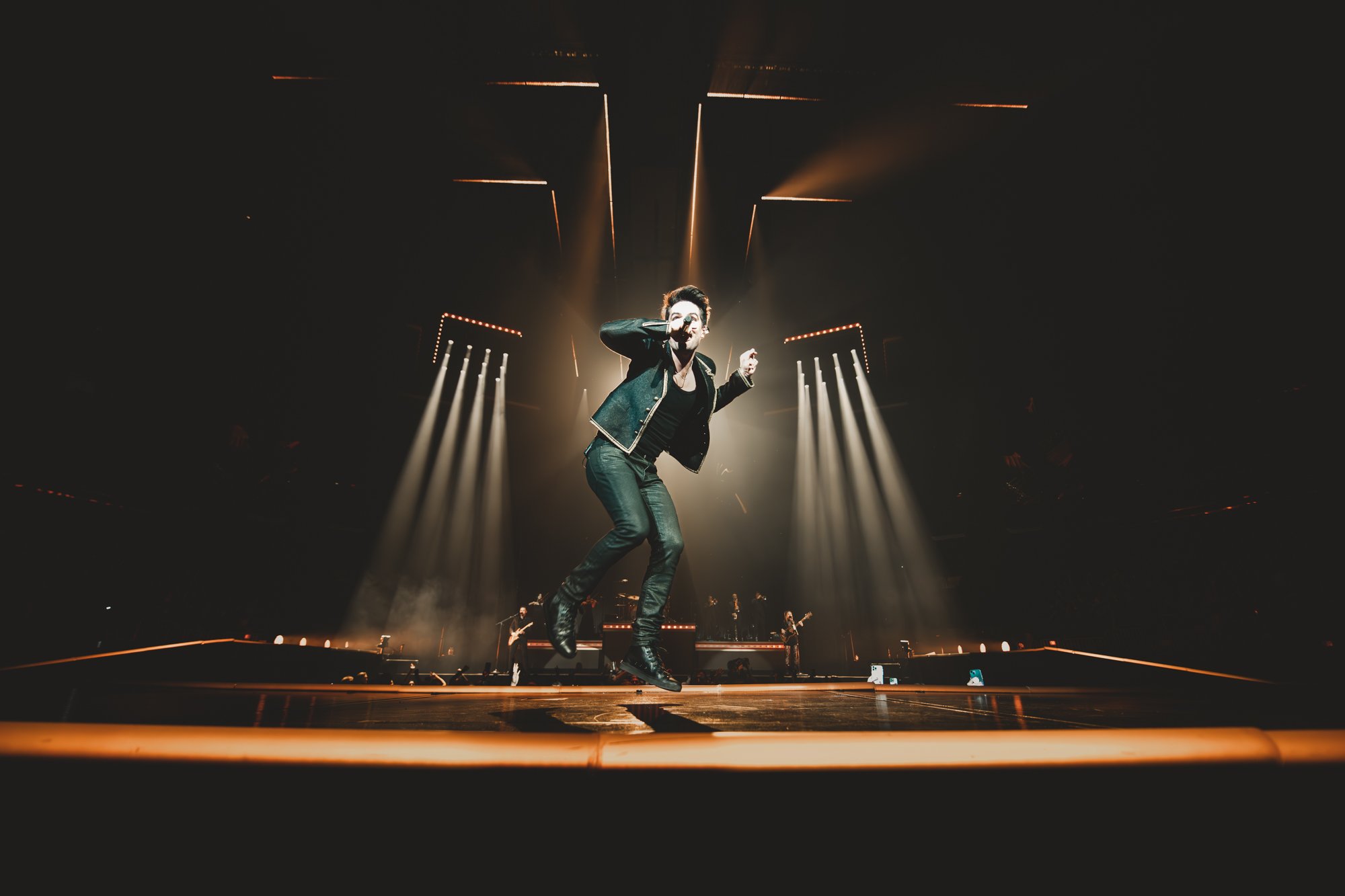Beginner's Guide to Mastering Concert Photography Cameras and Composition
In the world of concert photography, every choice from gear to settings plays a pivotal role in capturing the energy of live performances. I'm going to give you an insider's view of my approach and offer some tips for those starting out in the field.
Panic! at the Disco at Madison Square Garden
Blink-182 at Jones Beach Theater
The Ideal Lens Lineup: In my bag, I carry a range of Nikon lenses, each serving a unique purpose. The 70-200 f/2.8 is perfect for close-ups from a distance, while the 24-70 f/2.8 is versatile for a variety of shots. The 14-24 f/2.8 allows me to capture the vastness of the stage and crowd, and for those really far shots, the 200-500 f/5.6 is indispensable. Each lens brings its own strength to the table, ensuring I'm prepared for any scenario.
Starting Out in Concert Photography: For beginners, I recommend starting with a 50mm prime lens. It's affordable, and the wide aperture is ideal for low-light conditions you'll encounter in concerts. It's a great way to learn the nuances of concert photography without overwhelming yourself with too many options.
Camera Body: I shoot with two Nikon z7 bodies, renowned for their exceptional performance in low light. This choice allows me to switch between lenses swiftly, thanks to my BlackRapid RSD-1BB Double (DR-1 Double Strap), minimizing downtime and keeping me ready for action at all times.
Cranking Up the ISO: In concert photography, lighting is a wild card. I often push my ISO above 3200, and I'm not afraid to go as high as 10000. Embracing the grain can add character to your shots, and it's a trade-off I'm willing to make for capturing crisp, dynamic images in challenging lighting.
Autofocus and Manual Settings: I stick with AF-S autofocus for precision and shoot entirely in manual mode. This control allows me to adjust swiftly to the unpredictable movement and lighting of live performances. I prioritize a fast shutter speed, typically above 1/320, to freeze motion, and keep my aperture around f/4, opening up to f/2.8 when I need that extra light.
Composition and Timing: In concert photography, it's not just what you capture but when you capture it. Anticipating movements, expressions, and interactions is key. I always aim to keep a balance between technical precision and capturing the spontaneous energy that makes live music so captivating.
Jon Bon Jovi in Central Park, NYC
Whether you're just starting out or refining your skills, concert photography is a journey of constant learning and adaptation. Embrace the challenges, experiment with your gear and settings, and most importantly, enjoy the ride. The stage is an ever-changing canvas, and you're the artist capturing its fleeting moments.




